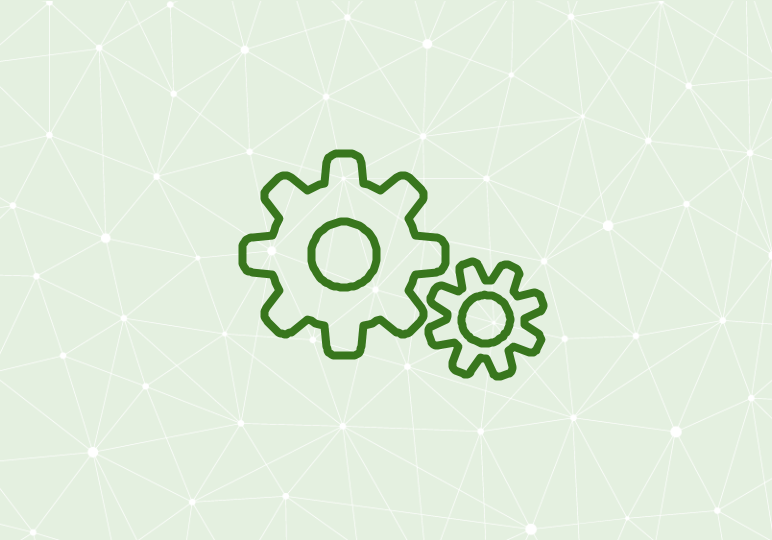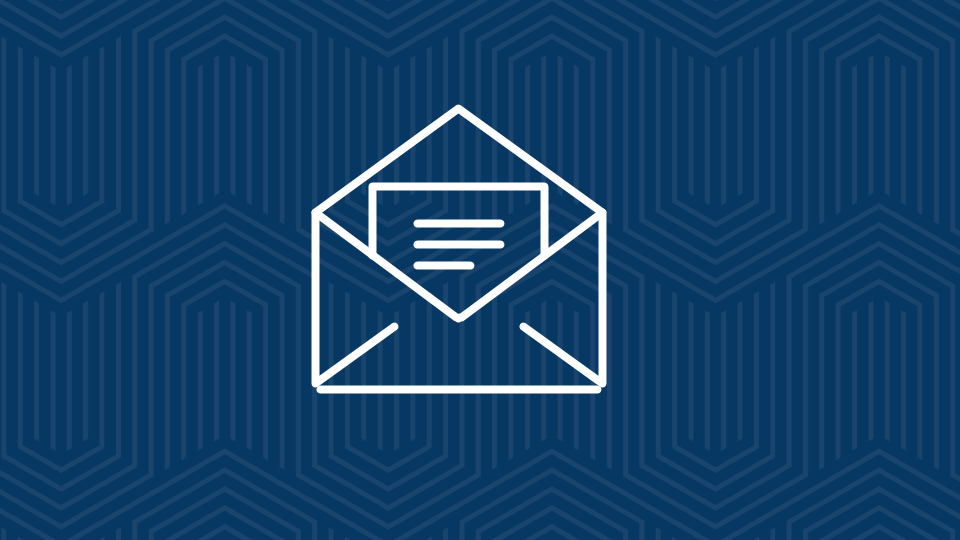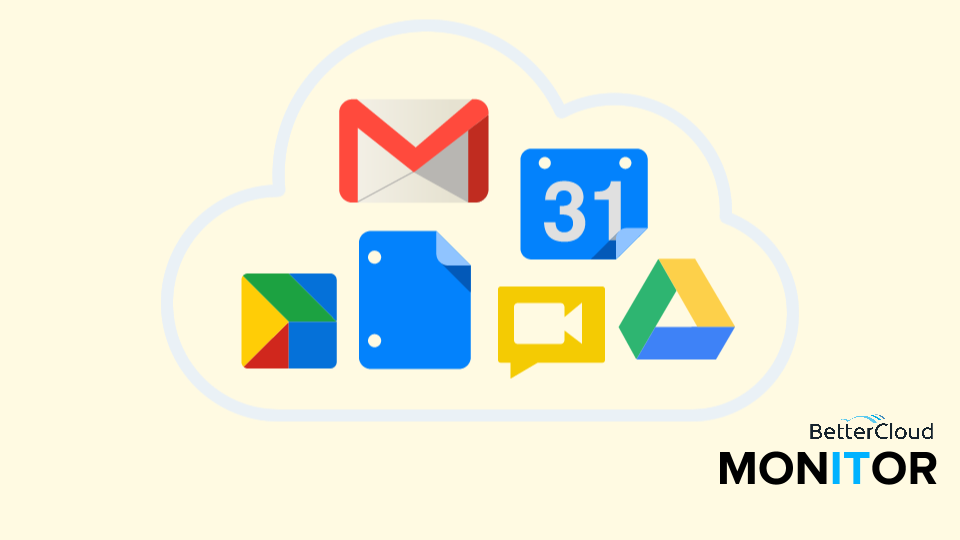Google Apps Deployment Phase 1: Discovery & Planning
5 minute read

Although moving your organization to Google Apps can be done in many different ways, the execution of the deployment can always be broken down into key phases. The first phase is called “Discovery & Planning”.
The most important yet most commonly overlooked phase of the migration is the discovery phase. Discovery is the first step in just about any project, however because email and productivity tools are so pervasive throughout the organization, significant time should be taken to understand the moving parts in a Google Apps Deployment. It will also benefit to take time to identify the unique use cases in which employees work with their email, calendar, contacts and other potentially affected applications.
The Discovery & Planning phase can be broken down into three sections:
- IT Infrastructure Discovery
- Employee Workflow Discovery
- Deployment Planning
IT Infrastructure Discovery
In order to understand how to best structure your organization’s IT infrastructure on the Google Apps Platform you will first want to perform an audit of how it is currently configured within your existing infrastructure. Whether you are currently cloud based or host data on premise, you will want to account for where all data is currently being used and stored. This may seem like common sense but the details here have been known to get overlooked and resulted in poor go-live experiences.
Four common areas where the location of data may cause an issue:
- Personal Distribution Lists: Non-IT managed lists of contacts such as “NYC-vendors” created by an employee in their Outlook contact list are stored in Outlook and therefore are not migrated over in a server side migration.
- Shared Contacts: Similar to personal distribution lists however this grouping of contacts is managed and shared by IT. These listings are located in Active Directory and not on the Exchange Server.
- Shared Calendars & Calendar Resources: Performing a calendar migration pulls personal calendar events from the users’ personal calendars. Shared Calendars created in public folders and calendar resources such as meeting rooms are not migrated and would need to be replicated.
- Archived Email: This is less likely to catch an organization by surprise, but depending on how employees access their email a migration of only “active mail” from the server and not from the archived PSTs can be a surprise to end users on the day of go-live.
In addition to data location, taking note of the current integrations that are in place that may be affected with a cut-over to a new platform is also important to minimize surprises on the day of go-live.
Common integrations that should be accounted for in the discovery phase:
- MS Active Directory: The most obvious of the list, however it’s current use and the need for it moving forward should be evaluated as it plays a part in your organization’s future cloud infrastructure. Google Apps Directory Sync Tool allows those continuing to manage their employee directory from AD to integrate with their Google Apps Control Panel.
- Spam Filtering: It is most common for companies to simply discontinue their spam service and use Google’s built in message security features, however if you currently have rules and routing for incoming and outgoing mail you will want to take note of those to potentially replicate in the new system.
- Message Encryption Software: Google also offers encryption software for their Google Apps platform however at an additional cost. You will want to take note of the current email integration with any encryption software and evaluate either switching to Google’s product or the process of integrating your current software.
- Website SMTP requests: It is common for an organization’s website to request the existing SMTP server to send automatic emails when forms are filled out. This integration will need to be updated to Google’s servers when the cut-over is made.
- Email Marketing Software: Similar to the website requests some legacy marketing software may be integrated with your server for email marketing campaigns.
- Printer/Scanner/Fax: This is one of the more common integrations and can either be a simple update of the SMTP server address on the hardware itself or a realization that an upgrade to the actual hardware may be needed. You will want to check with your hardware provider however as rule of thumb, if the printer/scanner can send over the secure https protocol it will likely be capable of integrating with Google’s SMTP servers.
- Domains & DNS Hosting Location(s): Not specifically an integration but rather a key piece of infrastructure that should be taken into account when cutting over mail servers. All domains receiving mail and the location of where the DNS is hosted need to be accounted for all domains.
- Mail Clients: Understanding how users access their mail primarily falls under Employee Workflow discovery, however taking note of the integration capabilities or lack there of if your organization decides to support mail clients is an extremely critical part of your discovery.
- MS Outlook Applications: As a general rule if it is a 3rd party application that integrates with Outlook it will likely continue to work as long as the data it requires is solely pulling from Outlook and this data will remain intact after the migration.
- MS Exchange/other server Applications: Most companies are decommissioning their servers completely so obviously any applications that rely on the current server will need to be taken note of.
Employee Workflow Discovery
Gaining a firm understanding of how your employees currently use their productivity suite in the discovery phase and executing a communication plan for these workflows and specific use cases is not necessarily the easiest task for most companies. However those IT departments that take time to understand their users greatly reduce the volume of post go-live support requests and issues once the cut-over is made.
Organizational culture dictates the approach you may take or the success you may find in your efforts to gain this information. Here are a few tips on how to efficiently gain an understanding of Employee Workflows:
- Send a software checklist to employees and have them check those that they use and write in those that aren’t listed. Follow up where needed.
- Request employees write a rough process document, outlining their day to day workflow and the applications they use to perform their job.
- Send a survey asking detailed questions with such examples as:
- What internal and external parties do you interact with on weekly basis? How do you interact/communicate as it relates to IT?
- all IT infrastructure went down today, what applications/workflows would be most critical for you to get back up and running?
- From what applications/devices do you currently access your mail? calendar? contacts?
Deployment Planning
Once a thorough discovery of your existing IT infrastructure and employee’s workflow is performed, your IT team can begin planning the deployment. There are several different approaches you can take in the execution of a deployment. Your plan and chosen approach will be formed by the findings in your discovery and as mentioned earlier, the final design of this plan will be primarily driven by the culture of your organization.
Although discovery and planning phase is most important part of any major project, it is often overlooked. It is the foundation of your blueprint to Google Apps deployment and by thoroughly examining common areas in this phase you can decrease surprises involved with the rollout of Google Apps.
This article is Part 9 of Google Gooru’s Comprehensive Guide to a Google Apps Deployment. To access the entire guide for FREE, please fill out the form located here.





